The Aboukir Medallions
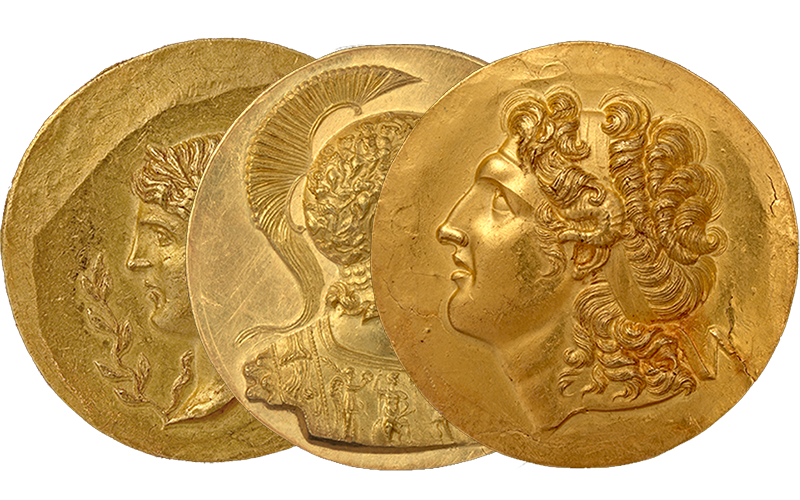
Calouste Gulbenkian’s coin collecting was strictly limited to Greek coins of the Archaic, Classical and Hellenistic periods (c. 650–30 BC). The eleven gold medallions from Aboukir are therefore the exceptions within his numismatic collections since, although they were made in northern Greece and have inscriptions written in ancient Greek, they were made in the early 3rd century AD under the Roman Empire.


Gulbenkian was well aware that they did not fit within his collection when he was thinking about purchasing them, but was nonetheless determined to have them. In correspondence with his advisor, Stanley Robinson of the British Museum, he initially hoped that they would be date to the 1st century BC, but when this assumption was corrected, he suggested that they might fit alongside his collection of Renaissance medals. When Robinson informed him that they were as unlike the medals as they were his coins, Gulbenkian pronounced that they were so beautiful he would buy them anyway.

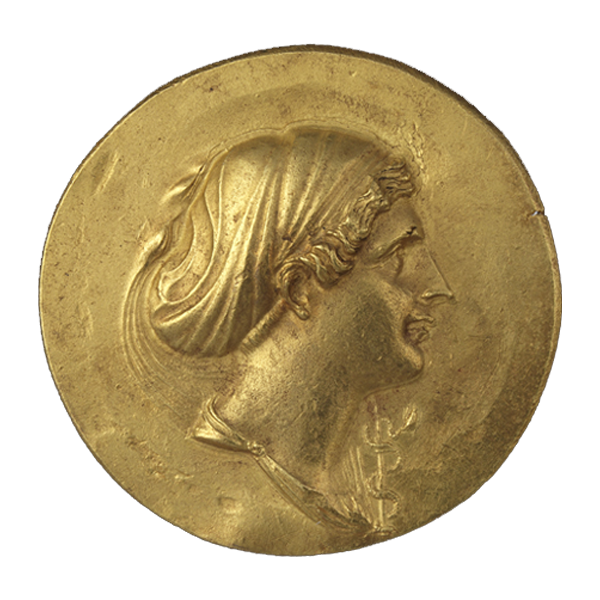
The medallions were found by chance in Aboukir in Egypt in 1902 and formed part of a hoard of 20 medallions, 600 gold coins and around 20 stamped gold ingots. They are almost unique amongst objects from the ancient world, and can only be compared to three medallions, now in Paris, found in Tarsus in modern-day Turkey.
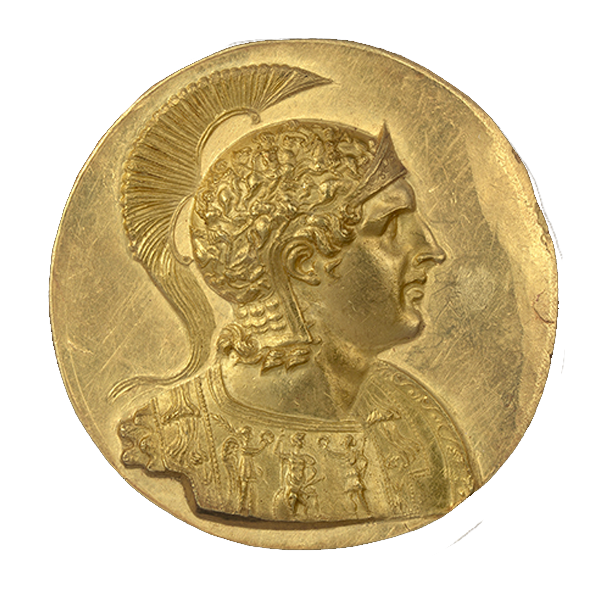
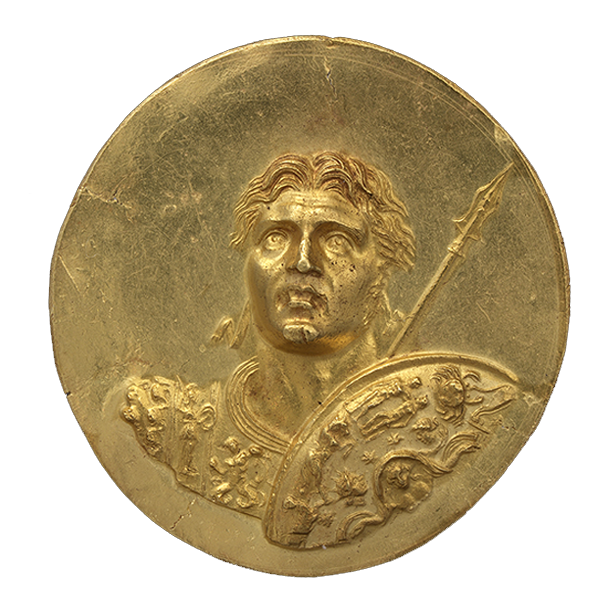
The Tarsus medallions are, however, single-sided, whereas those from Aboukir are double-sided. Shortly after the Aboukir find came to light, the medallions were offered to the Bibliothèque nationale de France in Paris and the British Museum in London, but both refused to buy because they were unsure that the objects were genuine.

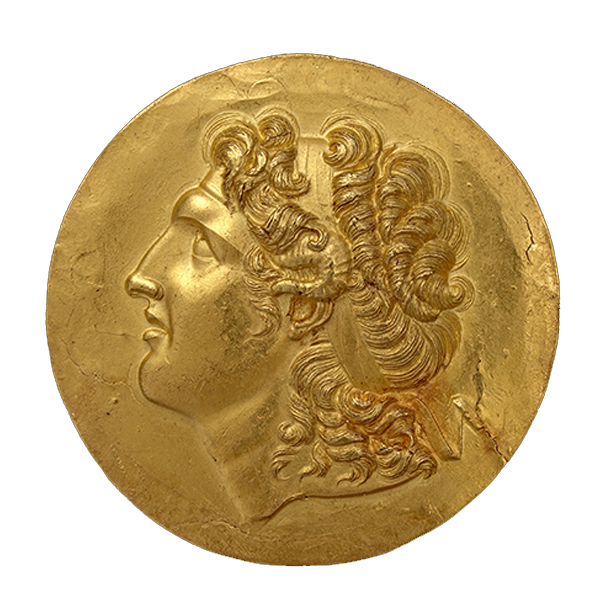
Five medallions were then offered to the coin cabinet in Berlin, where they were purchased after the eminent scholar Heinrich Dressel declared that they were genuine. Since then the authenticity of the Aboukir medallions has been generally accepted.
The medallions that were not acquired by the coin cabinet in Berlin were sold to private collectors around the world, and Gulbenkian acquired three of his from James Loeb in 1949 and the remaining eight from the Pierpont Morgan Library in the same year.
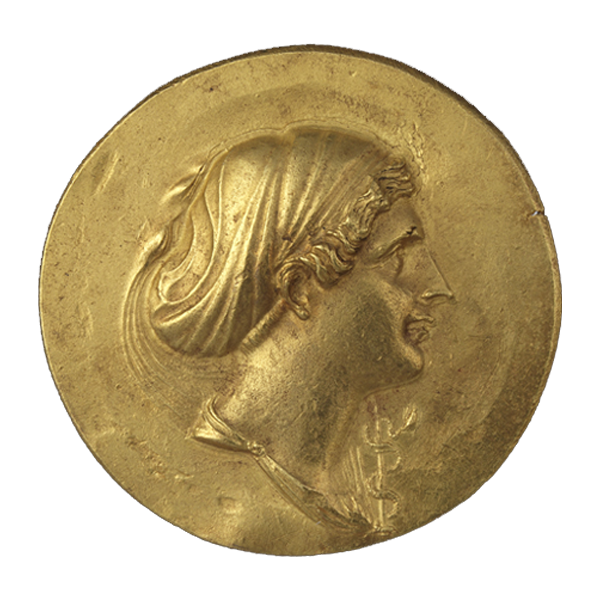
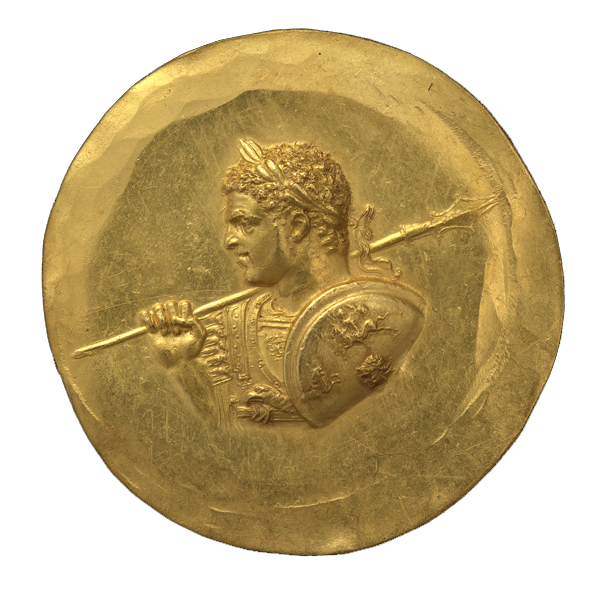
The images on the medallions mostly relate to Alexander the Great (356–323 BC); his portrait appears on seven of them, and that of his mother, Olympias, on a further two. He also appears in a number of scenes, such as riding his horse Bucephelas or receiving weapons from Nike, the goddess of Victory. Alexander is also named in the Greek inscriptions that sometimes appear on one side of the medallions. One medallion depicts the Roman emperor Caracalla (198–217 AD) who tried to emulate Alexander in his actions and appearance.

It used to be thought that the medallions were prizes for sporting competitions, but it is now believed that they were gifts intended to be distributed among high-ranking officials of the Roman world, possibly in Macedon, where they were made.
George Watson
Goethe-Universität Frankfurt am Main, Institut für Archäologische Wissenschaften